|
I headed
back up the border trail at first light, hoping to get a better view of Great Hornbill as well as some photos of a few of
the 200 or more species that I could theoretically bump into here.
The sun had not risen when I saw my first bird
of the day perched on some bamboo, next to the track. I was puzzled at first, I then noticed its "racquet-tail"
and realised it was of course a Lesser Racket-tailed Drongo. [Kindly note that The BBBC is considering a name change from
racket to racquet, for the two drongo species that have this feature... it will be resolved as soon as we can get our hands
on a copy of the OED, but we suspect that “racquet” is still the preferred English spelling].
Either
way, there was something quite arty about the tail and the bamboo (when there's no light and you are shooting at a ridiculously
high ISO, then "art" is always a useful smoke-screen... at least for me). With poor light today, "art"
is a feature of today's photo collection.
It was still not quite light when I spotted a very small owl perched
very high up. It had its back to me, which was quite handy as I could see the diagnostic nape markings of Collared Owlet.
The first time I had actually seen the species! But I had to wait for 10 minutes or so for it to twist its neck round for
the shot that appears below.
A pair of Leschenault's Bee-eaters, or chestnut "head & shoulders" bee-eaters
if you prefer, was the next photo-treat. I've noticed that this bird seems to prefer butterflies to bees.. at least in these
parts. Just as I was watching one dismember a butterfly, a female Greater Flameback flew past, which I somehow managed to
get a flight shot of.
Much further up the track (about three and a half hours walk up, or perhaps 14 or so km)
I sat down to eat some lemon cake. Very nice it was too. I was just washing it down with some cold, red tea, when I saw something
that made me splutter. A female Wreathed Hornbill was flying languidly towards me, above the hillside, at almost eye-level.
I swapped the bottle of tea for my camera, and fired off several shots. The Wreathed Hornbill then landed in a tree. It looked
around for a few minutes, squawked a few times, and then set off. I had my camera poised just as it did so, and was able to
get some shots of the bird looking more like a jet-fighter than a hornbill.
Just as I was thinking that birding
doesn't get any better than this, the sky darkened... (..actually I am exaggerating somewhat, but they are big birds). The
male and female Wreathed Hornbill slowly glided past in the direction of the lone female I had seen just a few minutes before.
The sequence of photos that appear below capture the events as they unfolded.
Assuming that this male was not one
of the party of 5 bachelors I had seen two days before, then there are at least EIGHT Wreathed Hornbills in this area.
I came down the mountain a little early in an effort to see some parakeets down by the river. No luck, but in the
half-light of the evening (hence the “arty” photos), I did find and photograph three species I had not seen before
on this trip – within 100 yards of each other (all, thankfully, on the China-side of the border):
Little
Green Bee-eater, Red-wattled Lapwing (2), and a Wire-tailed Swallow! The latter was well-appreciated because there have not
been many China records. In fact, the one I found very near here three years ago was perhaps only the second or third country-record.
I noticed that there was a Chinese bird-watcher just down the track, who had a big lens. I shouted him over excitedly.
Problem was, there were now three or four hundred swallows without wire-tails swirling around. I tried to explain the significance
of what I'd just seen, somehow remembering the Chinese name for the bird, which I blurted out. At that point, the photographer
lost interest in the hunt.
"Wire-tailed Swallow?" he questioned.
"I photographed one
of those a few days ago at Ruili" [5 hours drive south of here].
Just as I had re-found the bird and was
re-defining the word futility by trying to take some flight photos of it in the murky half-light, he decided to pull the trigger:
"Look!... I’ve got some really nice shots of it!"
And very nice they were too, but
who wants crisp, in-yer-face frame-fillers when you can have arty-minimalism ;-)
Twenty photos published today,
of 14 species, all except Wreathed Hornbill are new for 2010.
158 Lesser Racket-tailed Drongo (ssp
tectirostris)
159 Puff-throated Babbler (ssp ?)
160 Collared Owlet (nom. ssp brodiei)
161 Leschenault's Bee-eater
(nom. ssp leschenaulti)
162 Greater Flameback (ssp guttacristatus)
Wreathed Hornbill
163 Maroon Oriole (nom.
ssp traillii)
164 Grey-backed Shrike (nom. ssp tephronotus)
165 Large Woodshrike (ssp pelvicus)
166 Pied Bushchat
(ssp burmanicus)
167 Scaly-breasted Munia (ssp yunnanensis)
168 Wire-tailed Swallow (ssp filifera)
169 Red-wattled
lapwing (ssp atronuchalis)
170 Little Green Bee-eater (ssp ferrugeiceps)
Other birds seen:
Goosander, 1 male
Grey-headed Woodpecker, 1
Giant Barbet, few
Blue-throated Barbet, few
Hoopoe, 1
Asian Palm Swift, c20
Mountain Imperial Pigeon, 1
Spotted Dove, c10
Emerald Dove, few
White-breasted
Waterhen, few
Cormorant sp, 1
Little Egret, sev
Hardwick's Leafbird, sev
Long-tailed Shrike, few
Bar-winged
Flycatcher Shrike, 1
Yellow-bellied Fantail, few
White-throated Fantail, 1
Grey-headed Canary Flycatcher, few
Himalayan Bluetail, 1
Rufous-gorgeted Flycatcher, 2
Siberian Stonechat, sev
Velvet-fronted Nuthatch, 1
Grey-throated sand Martin, c50
Swallow, c300
Striated Swallow, few
Flavescent Bulbul, c20
Black Bulbul,
c50
Mountain Bulbul, 1
White-throated Bulbul, sev
Rufous-capped Babbler, 2
Blyth's Leaf Warbler, 1
White-crested laughingthrush, sev
Blue-winged Minla, 1
Silver-eared Mesia, c10
Long-tailed Sibia, few
Black-throated Sunbird, 4
Streaked Spiderhunter, sev
Little Bunting, c60
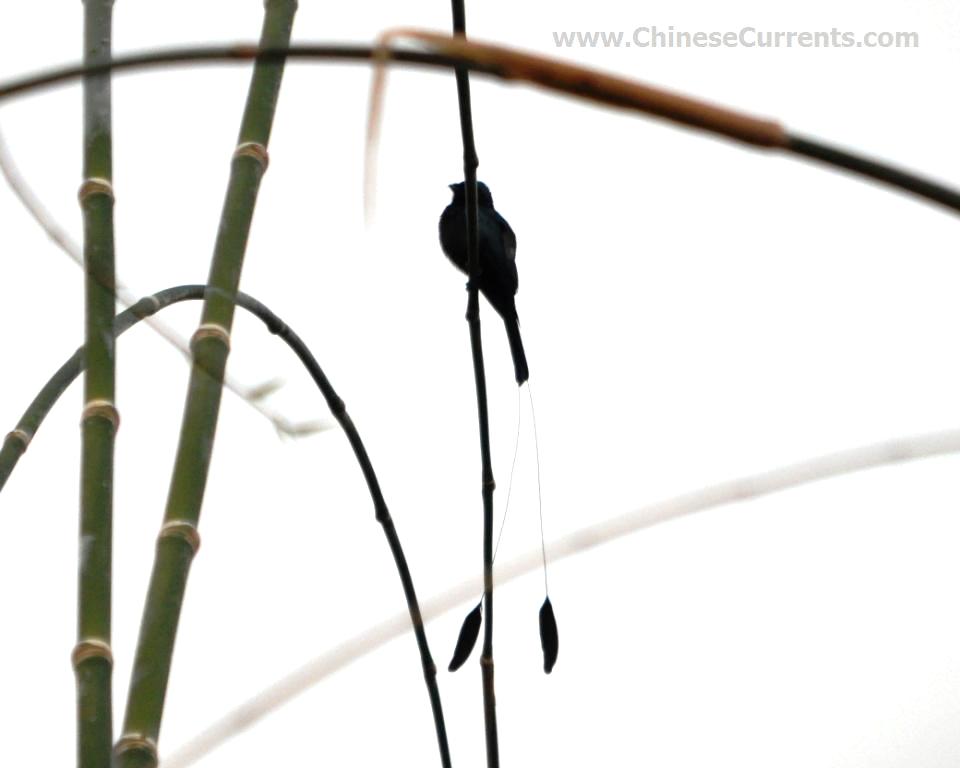
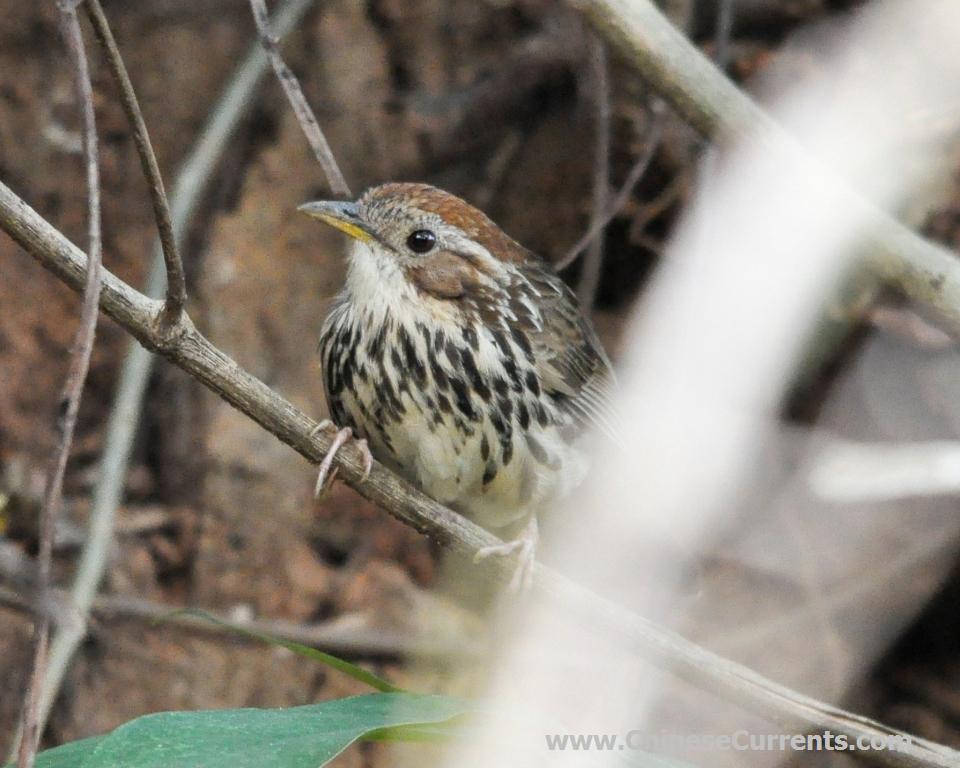
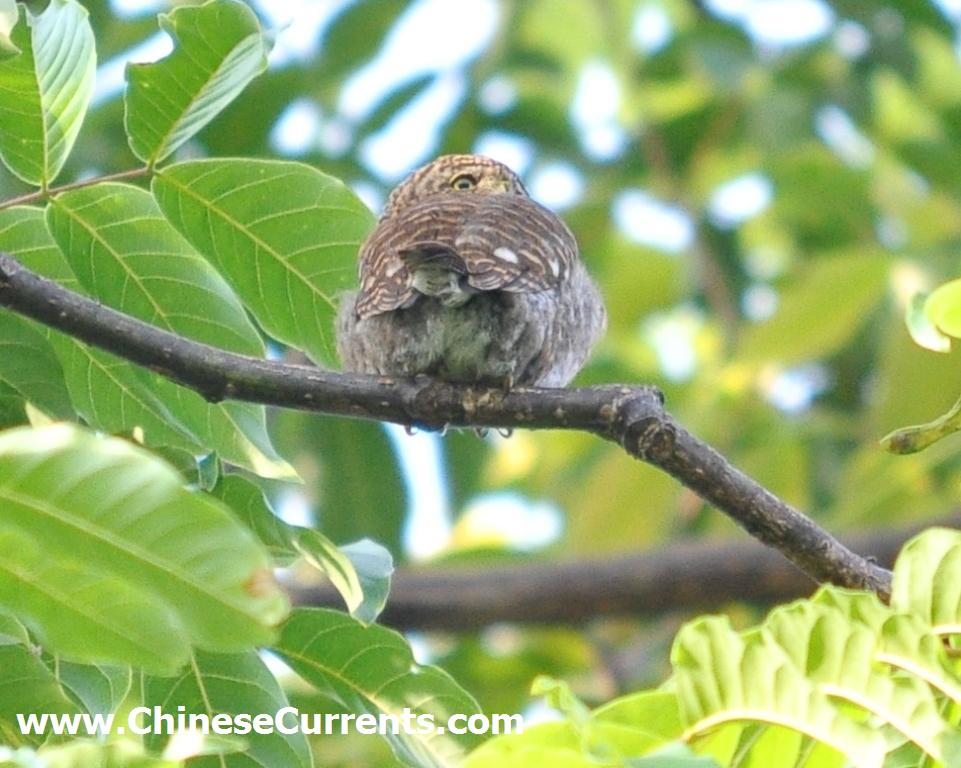

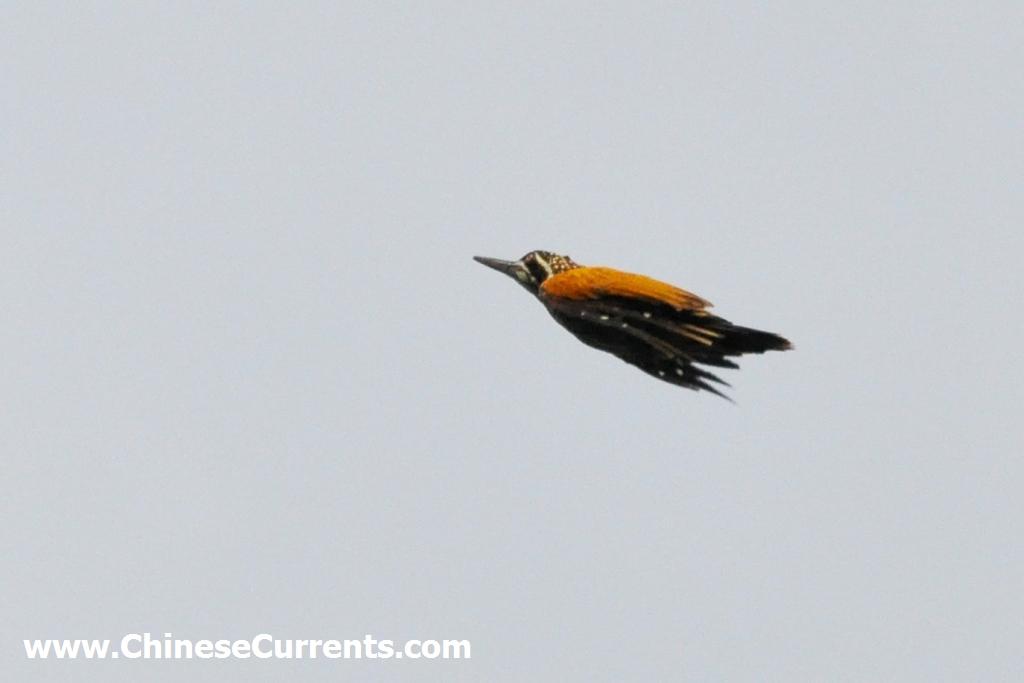
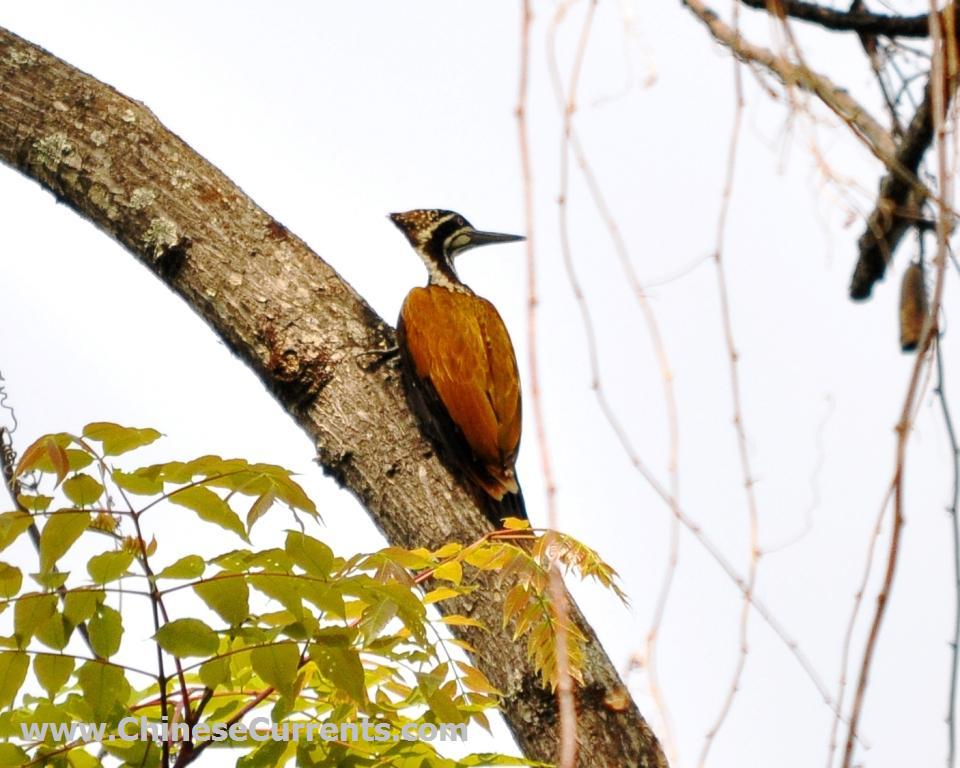
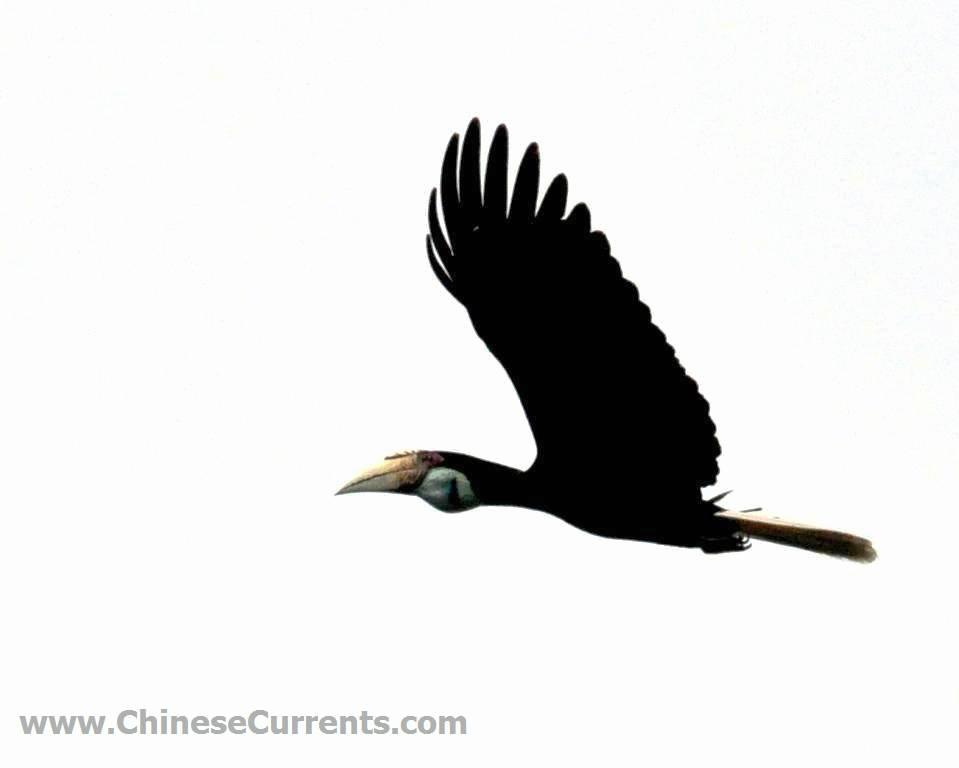
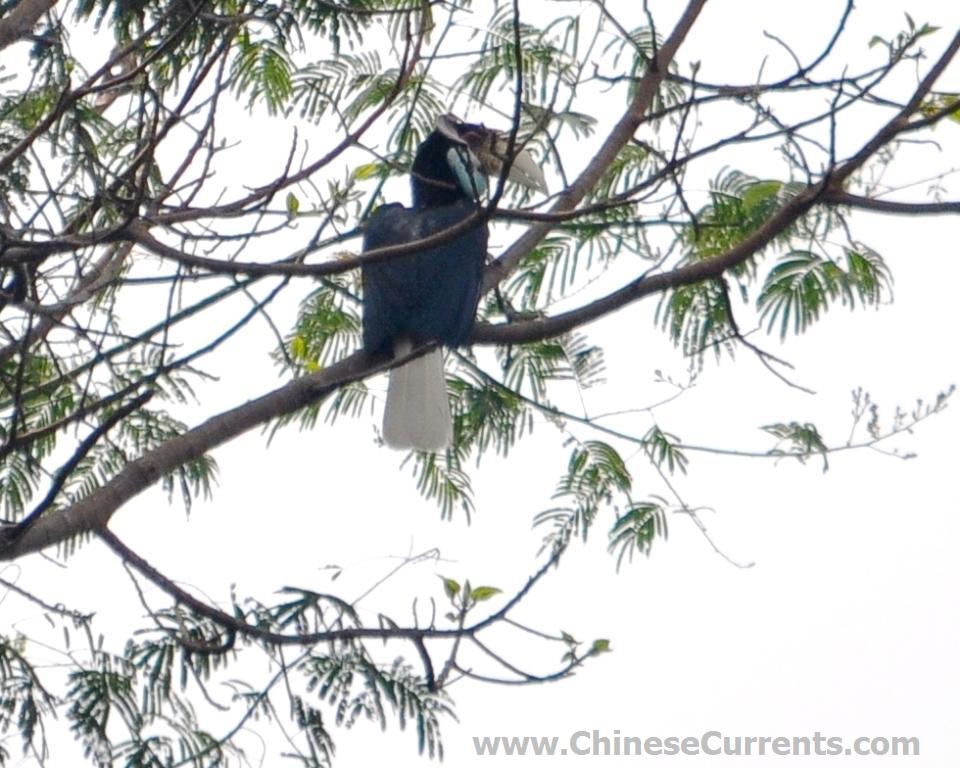
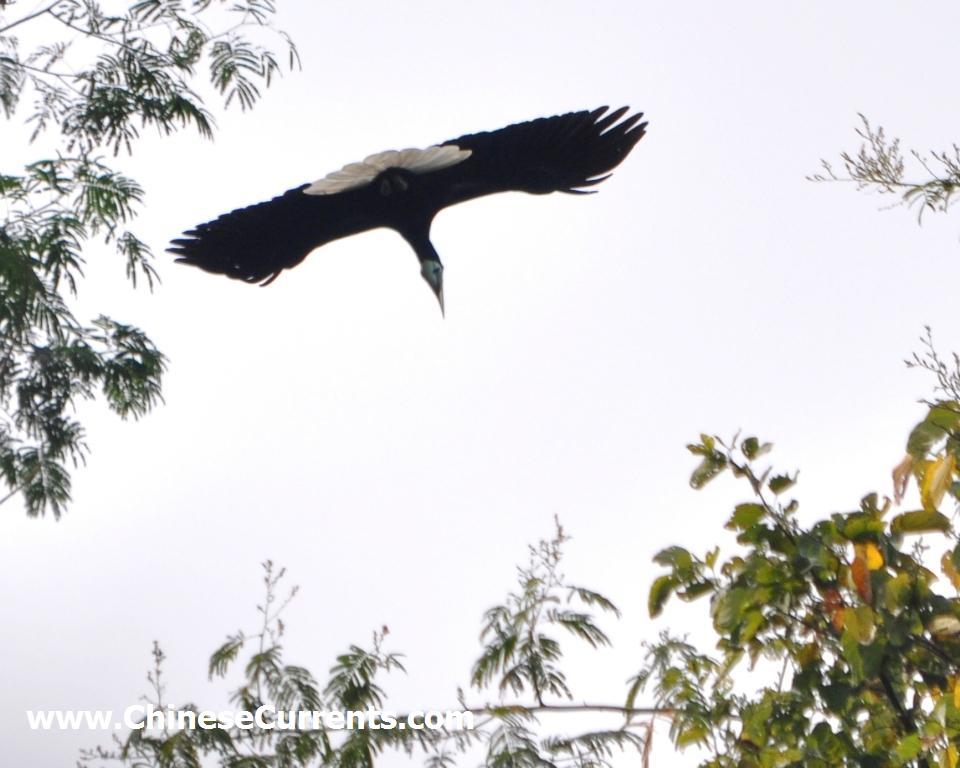
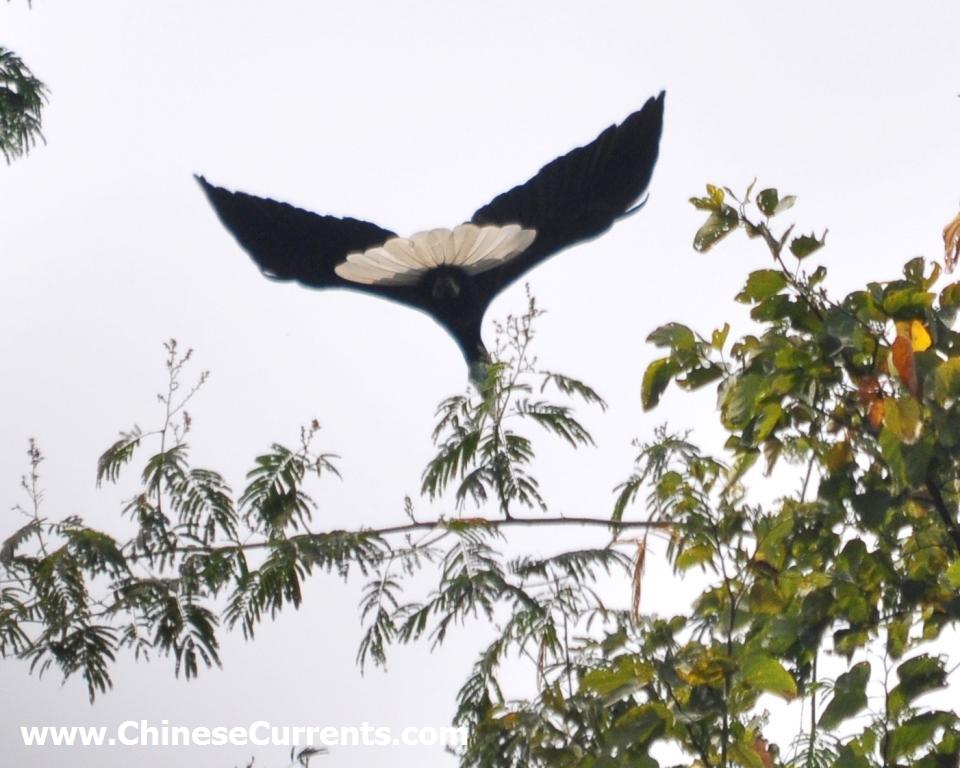
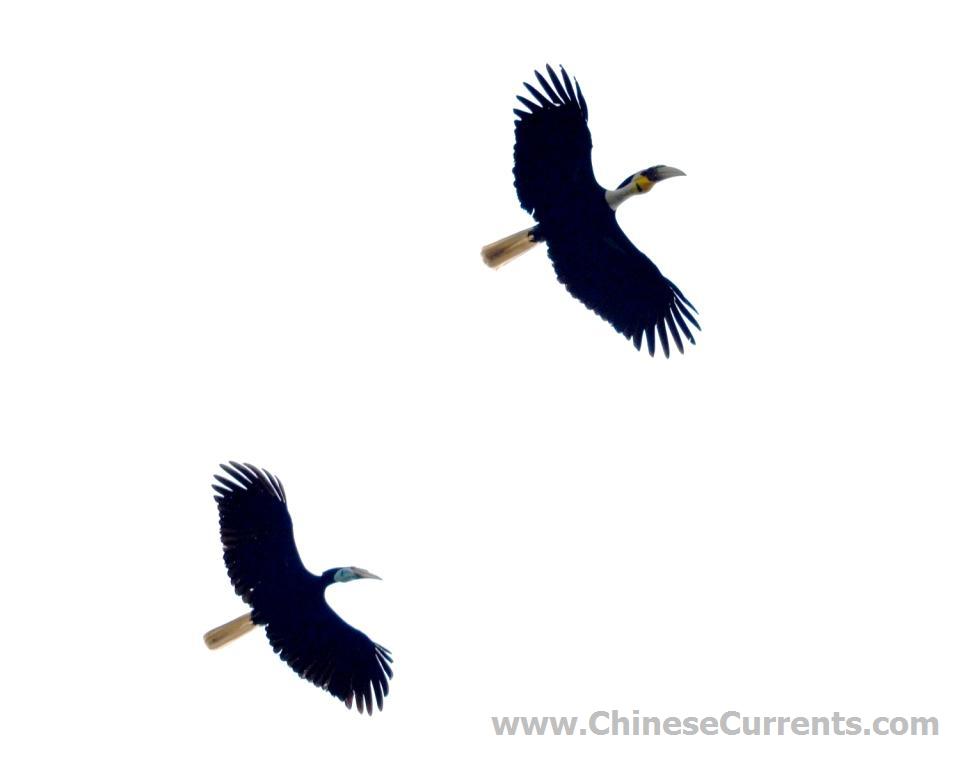
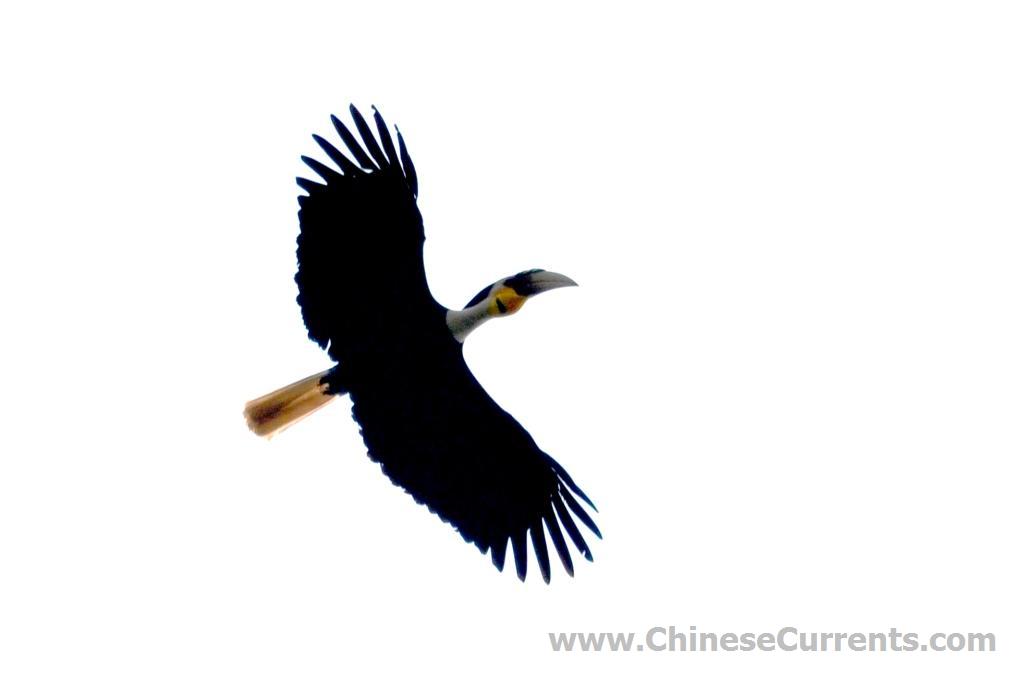
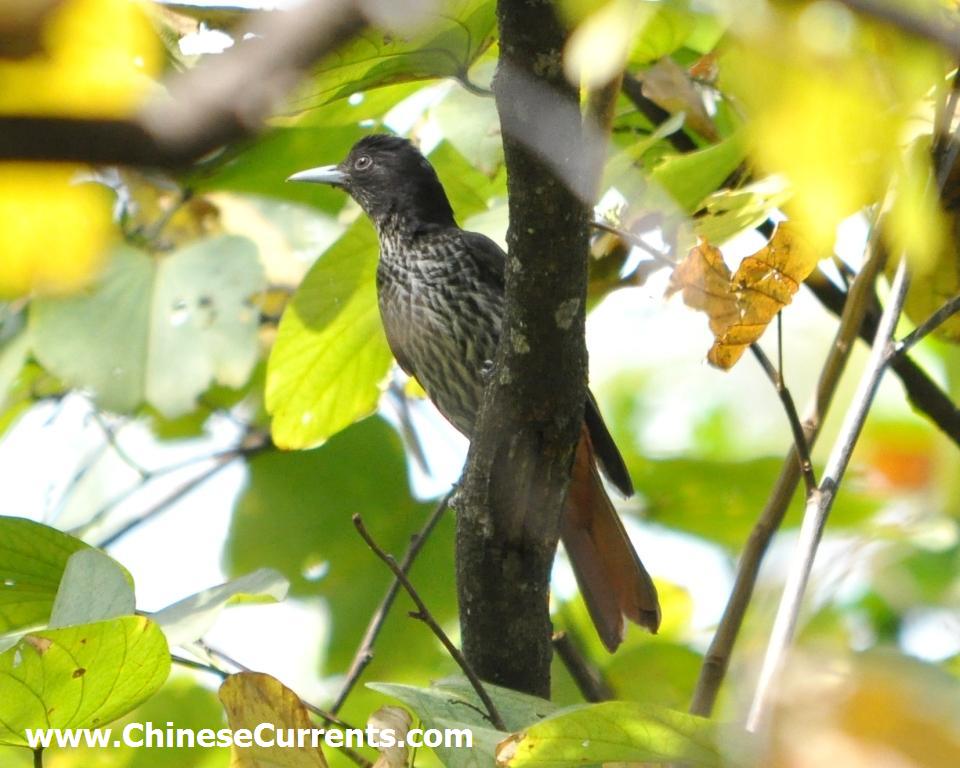
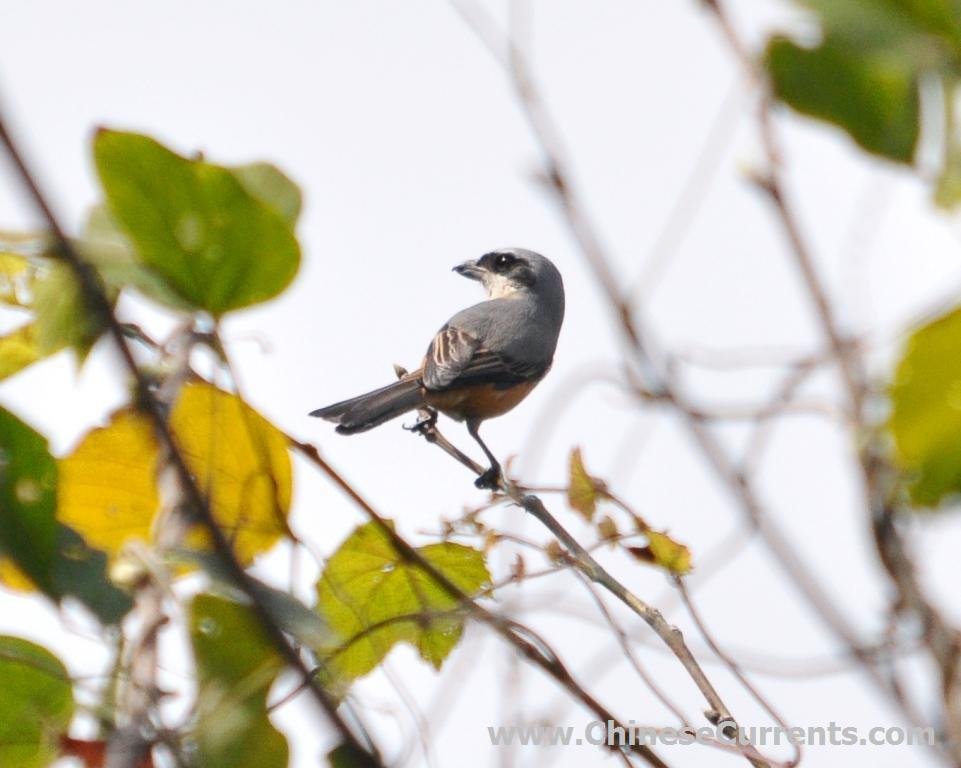
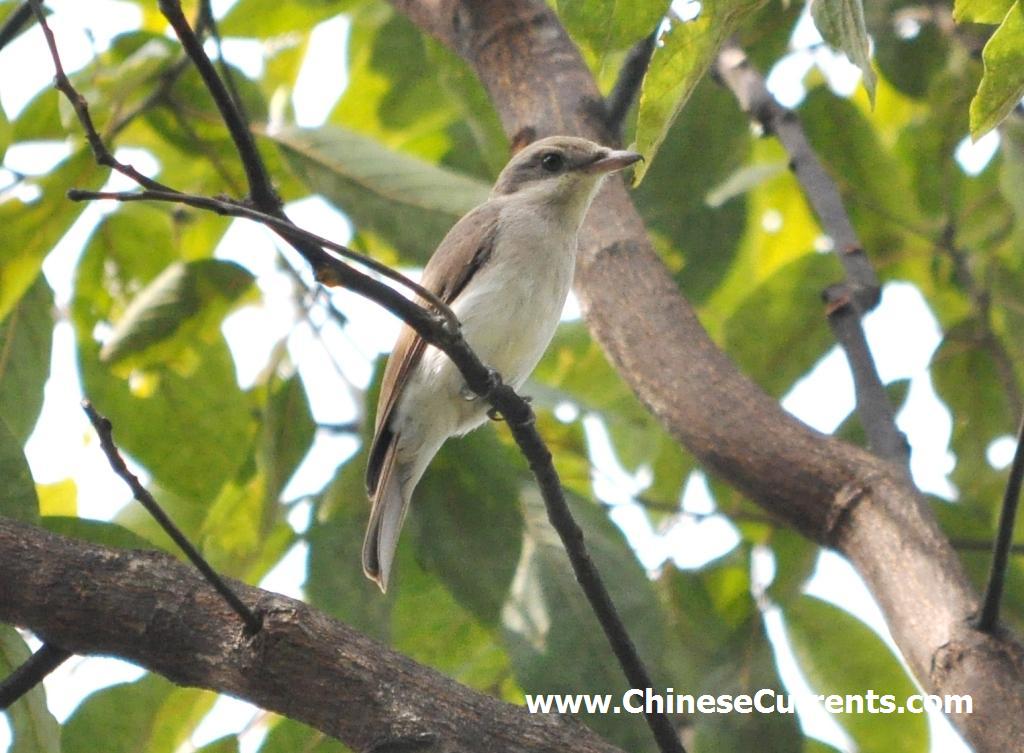
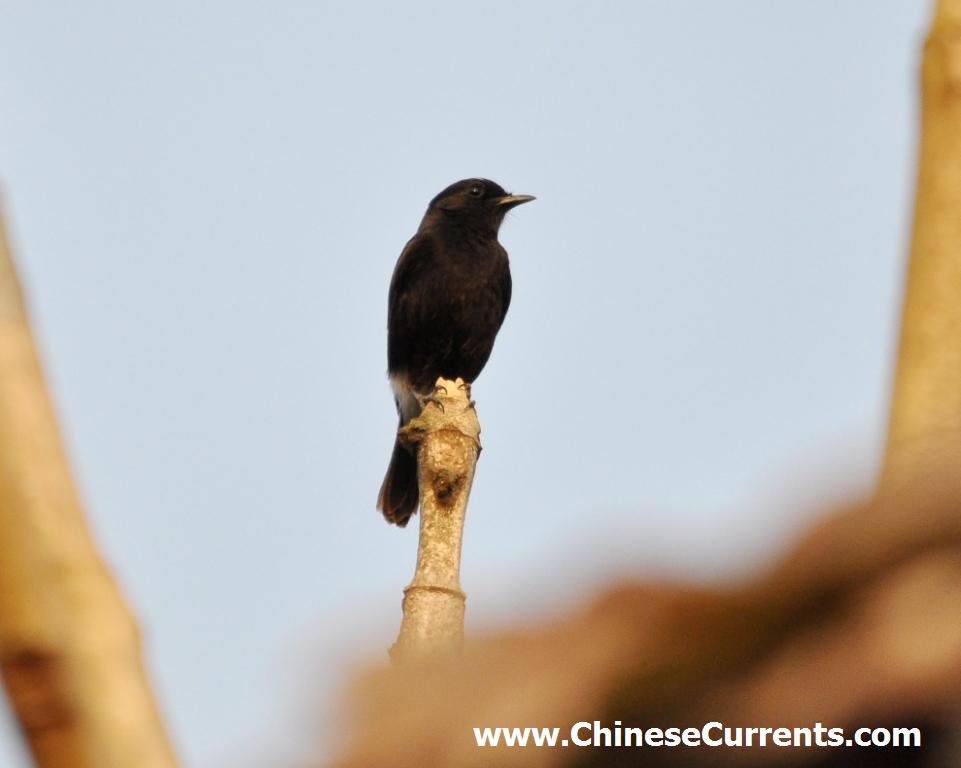
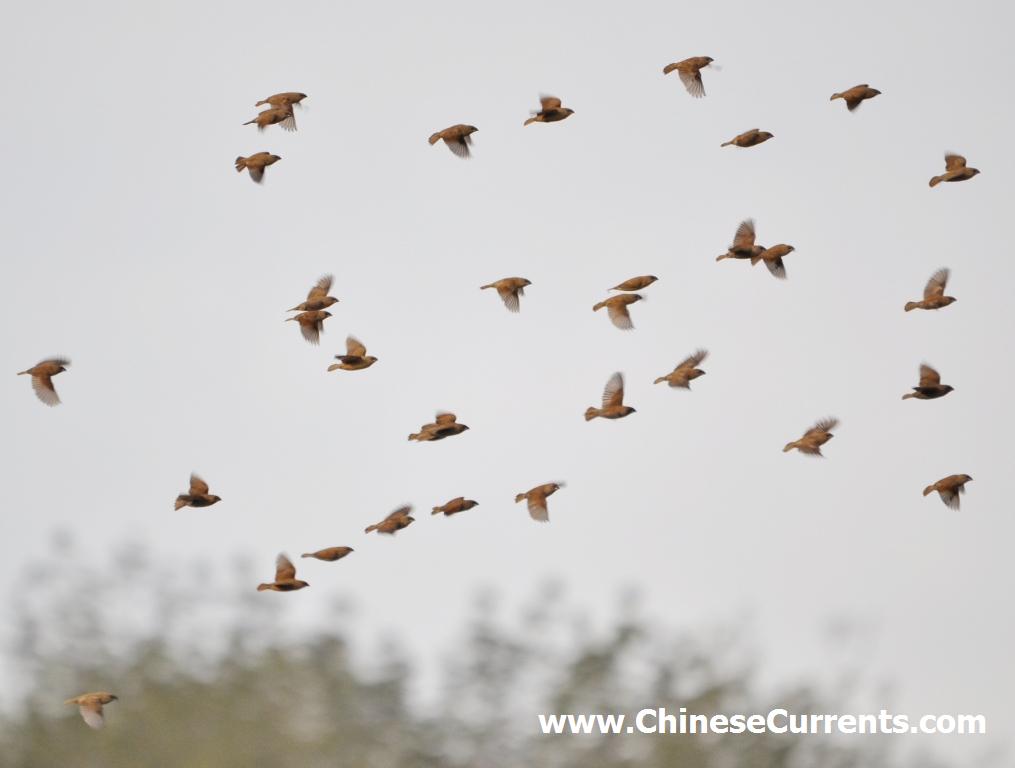


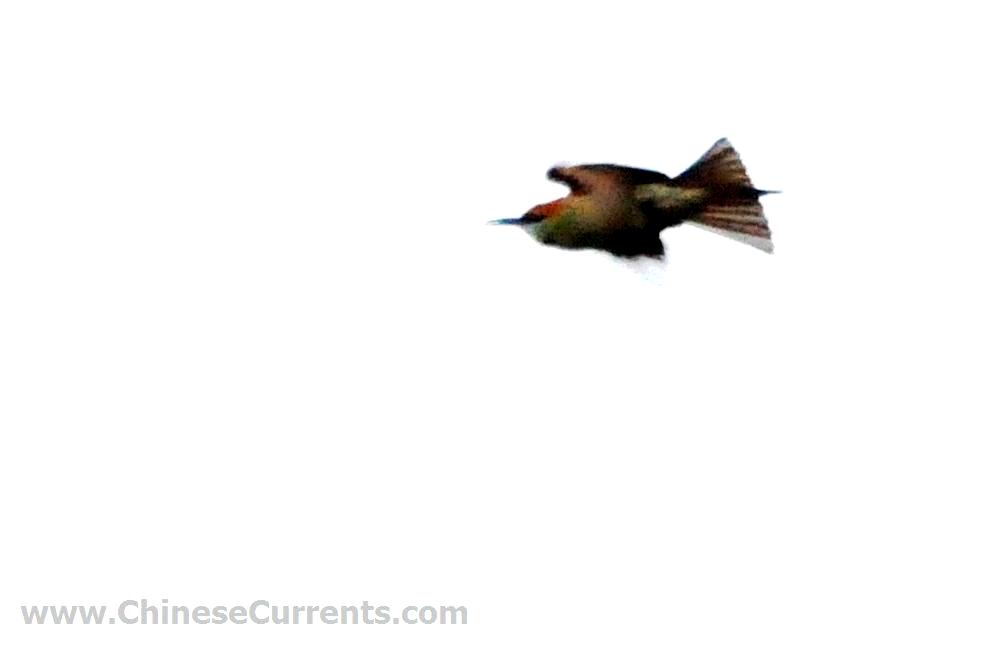
|

